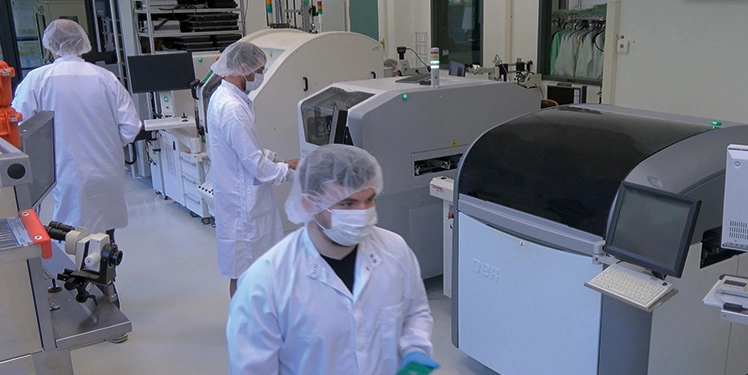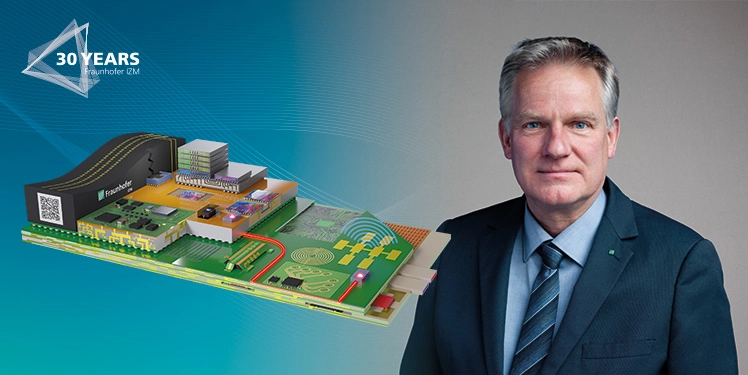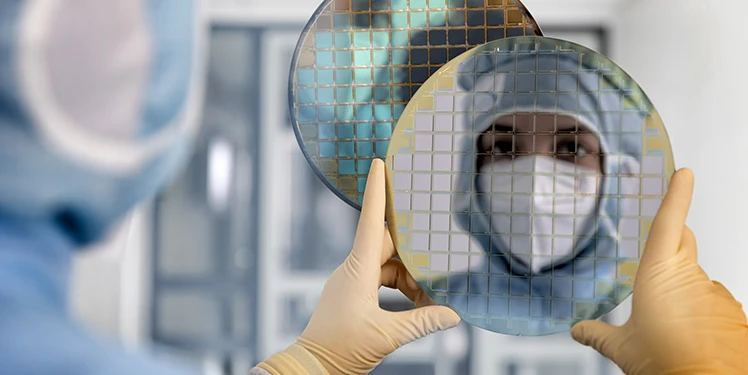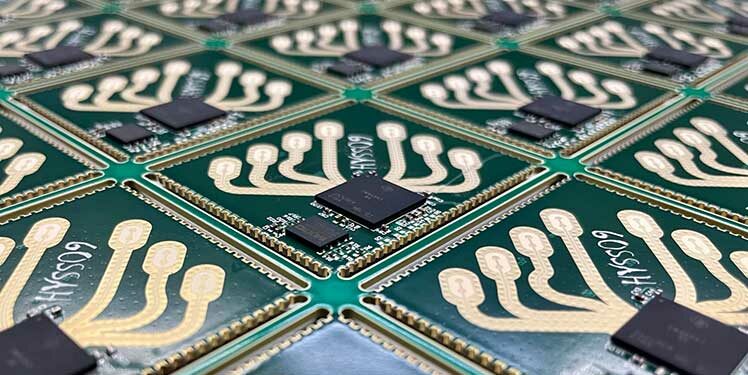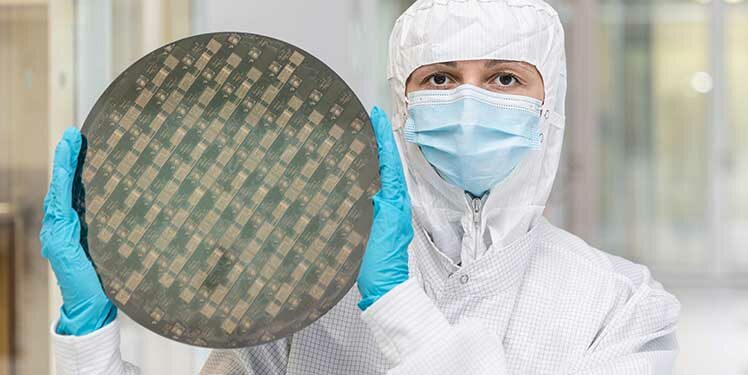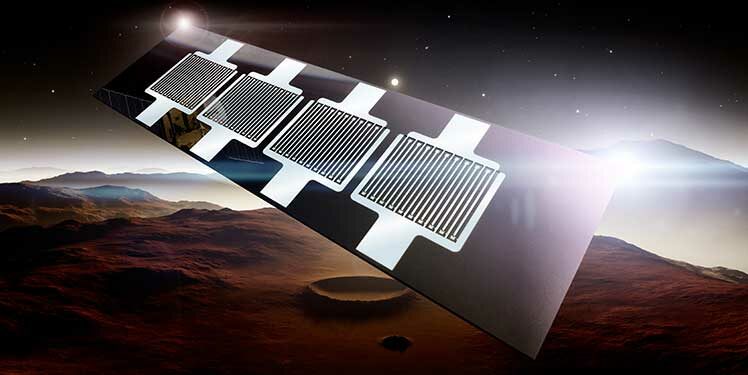Hardware security for Industry 4.0: A trustworthy value chain in manufacturing
RealIZM blog series “Hardware security” – Part 2 Making sure that electronic components and assemblies are genuine and fully traceable through their production chain, the researchers active in the SiEvEI 4.0 project are putting several protection mechanisms to use. Among…

